WHO
DISCOVERED
WHAT
WHEN
David Ellyard
First published in Australia in 2005 by
Reed New Holland
an imprint of New Holland Publishers (Australia) Pty Ltd
Sydney Auckland London Cape Town
www.newholland.com.au
1/66 Gibbes Street Chatswood NSW 2067 Australia
218 Lake Road Northcote Auckland New Zealand
86 Edgware Road London W2 2EA United Kingdom
80 McKenzie Street Cape Town 8001 South Africa
Copyright 2005 in text: David Ellyard
Copyright 2005 in diagrams: Guy Holt
Copyright 2005 New Holland Publishers (Australia) Pty Ltd
All rights reserved. No part of this publication may be reproduced, stored in a retrieval system or transmitted, in any form or by any means, electronic, mechanical, photocopying, recording or otherwise, without the prior written permission of the publishers and copyright holders.
National Library of Australia Cataloguing-in-Publication Data:
ISBN 1877069221.
e-ISBN 9781921655647.
Contents
Index
Acknowledgements
W hile this book has been brewing at the back of my brain for many years, its appearance in print at this time was made possible only through the generosity of Reed New Holland, who sponsored the Science Book Prize at the 2004 Eureka Awards, staged by the Australian Museum, the prize I won with the proposal for this book. Given that they also undertook to publish the book, which was only 10 per cent written at the time, choosing me as the winner was a bold act of faith on their part, which I hope I have justified. They also provided me with some highly talented people to work with, notably publishing manager Louise Edgerton and editor Yani Silvana. I am very grateful for their expertise and insights, their encouragement and their patience. This book is full of their influence.
My family and friends have responded enthusiastically to news of the books progress. I think particularly of Bill and Jan Crosby, Tony and Lindsay Cotton and Alan and Christine Bishop, who were there to hold my hand on the night the prize was announced.
The book would not have been written without the patient encouragement of my wife Sue through a very busy time. I cannot thank her enough. My childrenRachel, James and Samalways clamoured to know how it was going.
The ultimate inspiration for this book came from my late father, Samuel Ellyard, who pioneered the teaching of natural science in primary schools in this country, and who opened my eyes to the fascination and human dimension of science at an early age. I also thank my mother, Marjorie Bell Ellyard, and dedicate this book to her memory.
How to Get the Most from this Book
W ho Discovered What When ( WDWW ) will introduce you to the growth of scientific ideas over the past 500 years and to the people who brought them to life. It sets those ideas in a context of time and place and provides a framework for understanding the concepts and theories that have shaped our modern scientific world view.
No scientific idea emerges from a void. WDWW presents science as a cumulative and interactive activity, with researchers work feeding into that of their contemporaries and successors. Even the greatest scientific mindsNewton, Lavoisier, Darwin, Pasteur, Einsteindrew upon the work of others.
WDWW illuminates what scientists do, highlighting the central role of observation and measurement and the interplay of evidence and theory.
Over the centuries, science has taken many wrong turns. Ideas that have enjoyed much popular support at various timesthe Earth-centred universe, phlogiston, caloric, the aether, spontaneous generation of life, neptunismlater proved inadequate or misguided. Yet even these have contributed to a more complete understanding of both the natural order and the enterprise of science, and they therefore have a place in this book.
Each chapter covers 50 years, and is introduced by a brief overview summarising the major developments and trends during that period. Within the chapters, entries are arranged chronologically from around 1500 to almost 2000. This means you can move smoothly through the sequence of discoveries across the broad range of science, appreciating the interrelationships.
Each story highlights a particular discovery or new idea, interwoven with a pen picture of the discoverer in his (and sometimes her) personal circumstances. Most researchers have only a single entry, but the more productive have several, which form in total a summary of their life and work and their contribution to scientific knowledge. Bolded date cross-references point you to an earlier or later part of the story. An arrow symbol and date at the end of a story, e.g.  1603 , refer you to the next entry in the life of the particular researcher.
1603 , refer you to the next entry in the life of the particular researcher.
You can find value in this book in a number of ways: look up answers to specific questions that you have, such as about the MichelsonMorley experiment or Mendels work on genetics or how Joseph Black discovered carbon dioxide; gain a useful overview, say of scientific developments in the first half of the twentieth century; follow through a particular subject area, such as the development of the idea of the atom, or arguments over the age of the Earth or the purpose of chromosomes; or simply dip into itopen a page at random and you will find a self-contained story that will intrigue, inform and entertain.
Whichever way you use it, enjoy!
David Ellyard
Introduction
What We Knew by 1500
I n 1500 science as we know it today was almost unknown, even in western Europe where it all began. The notion that observation and experiment might provide a reliable guide to understanding how the world worked was not new, but not widely accepted either. The ideas of the great ancient thinkers were still dominantAristotle (384322 BC ) in biology and physics, Ptolemy (c. 85 c. 165 AD ) in astronomy and geography, Galen (131201 AD ) in medicine. Even the wisest often sought answers in those writings rather than in the evidence of their own eyes.
While few doubted that the Earth was round, few challenged Ptolemys notion that the Earth stood still at the centre of the universe and all the other celestial objects went around it in circular orbits. After all, the great Aristotle had decreed that circular motion was the most perfect and natural.
Just as in ancient times, seven heavenly bodies were known: the Sun, the Moon and the wandering starsMercury, Venus, Mars, Jupiter and Saturn. It would be nearly 300 years before that number was added to. The motions of these bodies were still of greatest interest to astrologers, who sought to define human fates from their positions in the sky.
Despite the progress made by experimenters in the Middle East and other areas under the sway of Islam, chemistry was still mostly alchemy: it was preoccupied with the quest for the Philosophers Stone, which would turn base metals into gold, or with the Elixir of Life. Indeed, it would be a long time before such endeavours were seen as unworthy of science. Even 200 years later, the great Isaac Newton thought that alchemy was at least as important as any of his other work.
To back their quest, the alchemists had a theory that matter was composed of a small number of semi-mystical elements. Aristotle and the other ancients had named these earth, air, fire and water, though more modern thought preferred the triumvirate salt, sulphur and mercury. Seven metals were known: gold, silver, lead, copper, tin, iron and mercury. Each of these had been linked in ancient times with one of the heavenly bodiesfor example, gold with the Sun, silver with the Moon, iron with Marsand the same symbols were used for the metal and the planet. Astrology and alchemy were still closely intertwined.

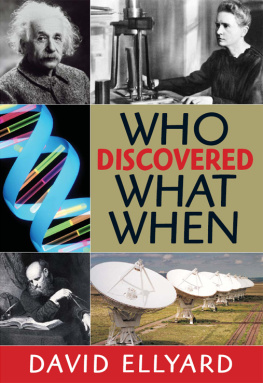
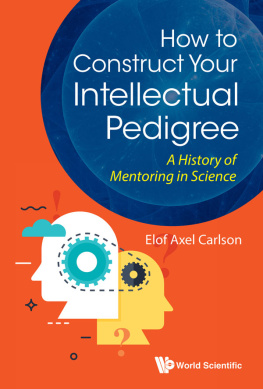
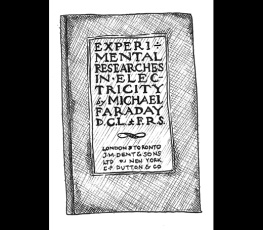
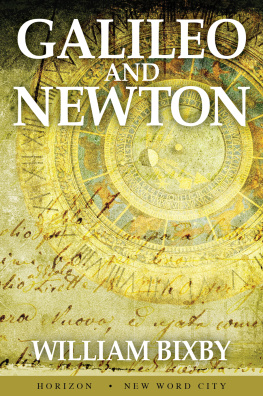
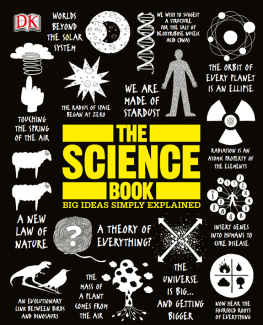
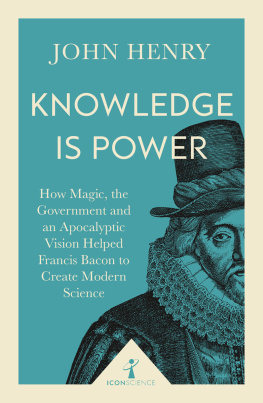
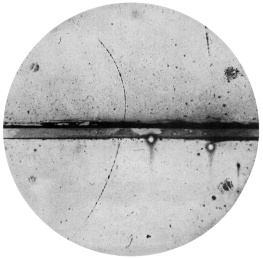
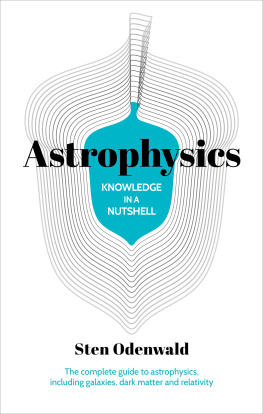

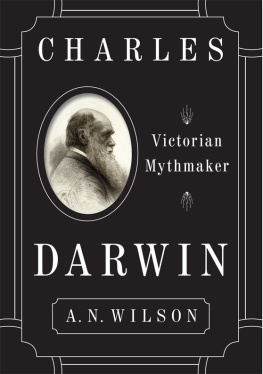
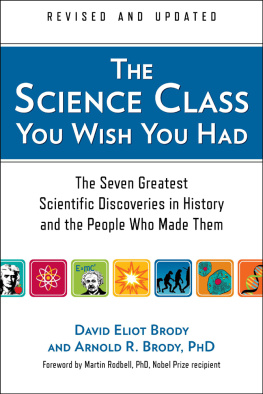
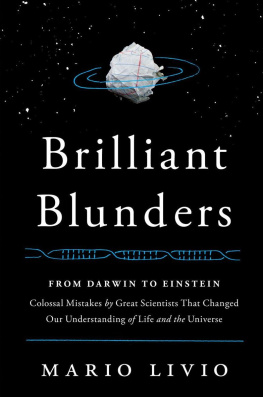


 1603 , refer you to the next entry in the life of the particular researcher.
1603 , refer you to the next entry in the life of the particular researcher.